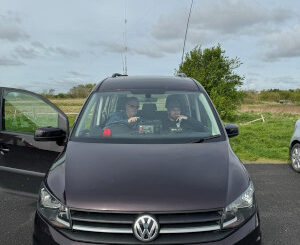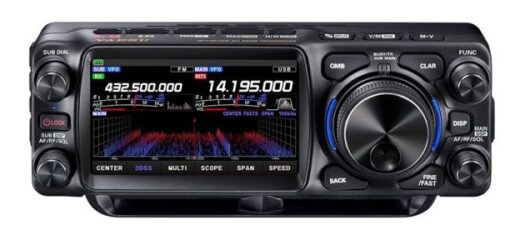From the Science and Media Museum – DIY radio and television
From the Science and Media Museum – DIY radio and television
In the early 20th century, the advent of radio and television was not solely the domain of scientists and corporate engineers. Amateur enthusiasts played a pivotal role in pioneering and popularizing these technologies. Often constructing their own equipment and forming communities that would lay the groundwork for modern broadcasting.
The Rise of Amateur Radio
Before the British Broadcasting Corporation (BBC) commenced its official transmissions in 1922, wireless communication was a frontier explored by many hobbyists. Figures like Guglielmo Marconi, and Oliver Lodge, were making strides in wireless technology, but it was the widespread experimentation by amateurs that truly showcased the medium’s potential. These individuals built homemade radio sets, engaging in point-to-point communication with fellow enthusiasts and tuning into early experimental broadcasts.
National Science and Media Museum blog
One notable example is Alan T. Lee, a founding member of the Derby Wireless Club. Between 1922 and 1923, Lee constructed a radio receiver used to communicate with other hobbyists, exemplifying the hands-on spirit of the era. Similarly, in 1927, P.F.W. Bush built the Mullard Raleigh PM broadcast receiver, designed by Mullard staff and assembled at home, reflecting the collaborative nature between manufacturers and amateurs.
National Science and Media Museum
Navigating Regulations and Mainstream Adoption
As radio’s popularity surged, the need for regulation became evident. The British government introduced licensing to manage the airwaves, ensuring organized growth and minimizing interference. Despite these regulations, the amateur community thrived, with clubs and societies emerging nationwide. Publications like “The Wireless World” and “Practical Wireless” provided enthusiasts with technical guidance, news, and a platform to share innovations, further fueling the medium’s expansion.
Pioneering Television at Home
The experimental ethos of radio enthusiasts seamlessly transitioned into the realm of television. In the 1920s and 1930s, visionaries like John Logie Baird were at the forefront of television development. Baird’s early broadcasts, starting in 1930, reached a select audience of “televisor” owners and wireless enthusiasts who had constructed their own spinning disc receivers to view these pioneering transmissions.
National Science and Media Museum
Magazines such as “Practical Television” emerged, offering detailed instructions and schematics for building television receivers. This democratization of knowledge-empowered many to engage directly with the technology, fostering a culture of innovation and hands-on learning.
Legacy and Modern Parallels
The contributions of these early enthusiasts laid the foundation for the broadcasting landscape we experience today. Their collaborative spirit, resourcefulness, and passion mirror contemporary communities in the digital realm. Today’s hobbyists, much like their predecessors, harness accessible technology and shared knowledge to innovate and communicate in new and exciting ways.
For those interested in delving deeper into this rich history, the National Science and Media Museum offers extensive resources and exhibits that chronicle the evolution of broadcasting, celebrating the indelible mark left by amateur pioneers.
Useful Links
British Amateur Television Club
List of BBC television channels and radio stations



